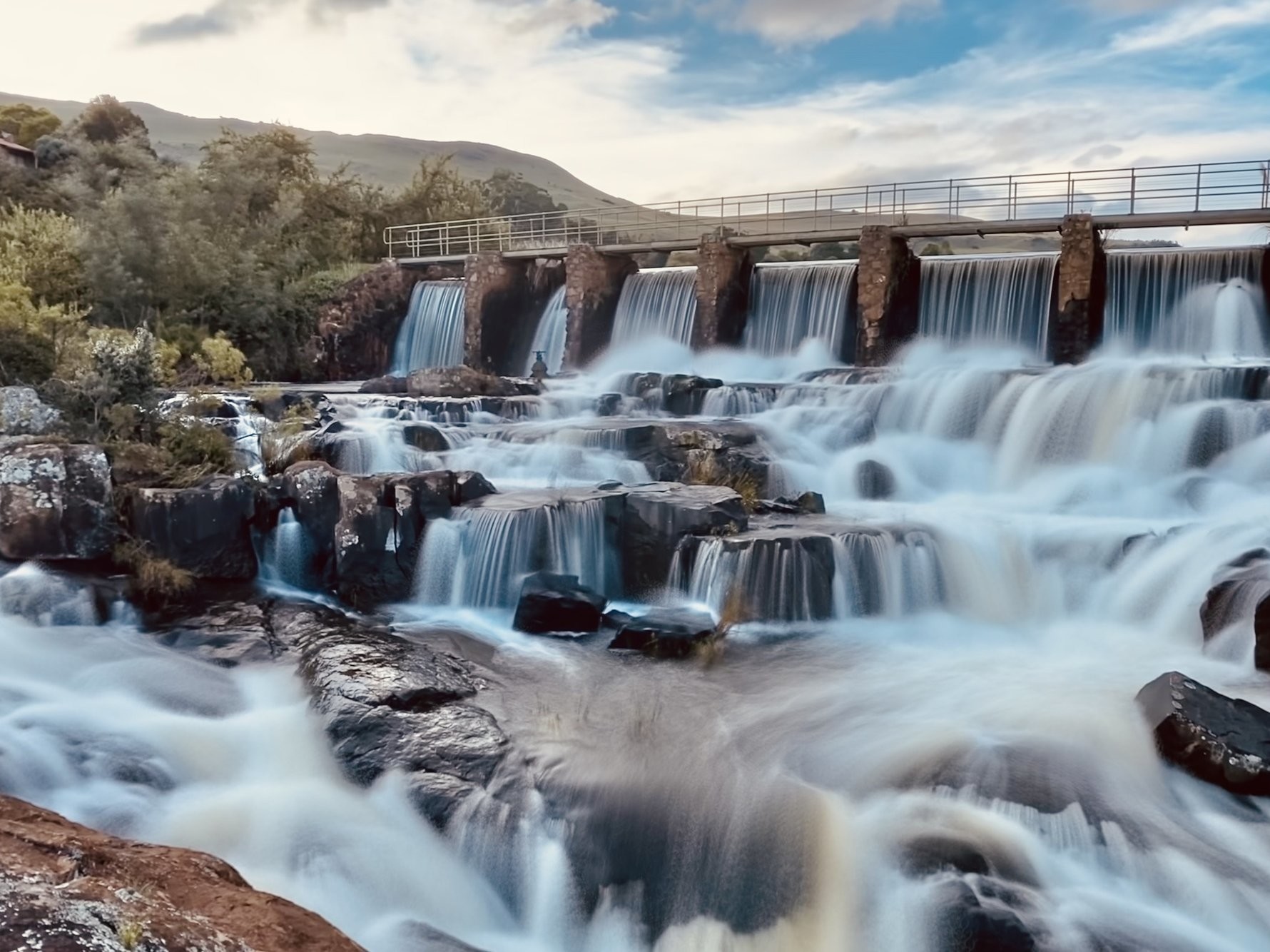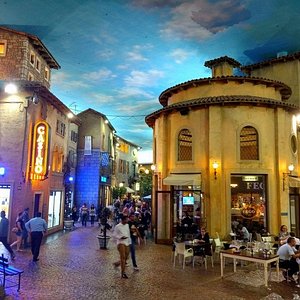The Single Strategy To Use For Johannesburg North Attractions
The Single Strategy To Use For Johannesburg North Attractions
Blog Article
How Johannesburg North Attractions can Save You Time, Stress, and Money.
Table of ContentsExamine This Report about Johannesburg North AttractionsThe Ultimate Guide To Johannesburg North AttractionsJohannesburg North Attractions - TruthsThe Only Guide for Johannesburg North AttractionsJohannesburg North Attractions for DummiesThe Only Guide to Johannesburg North AttractionsHow Johannesburg North Attractions can Save You Time, Stress, and Money.
You must maintain security in mind and vacationers have to stay sharp at all times when in unfamiliar surroundings. Talk with the citizens when you are in community to discover the location you are remaining in. Johannesburg North attractions. When on the street (this does not apply to shopping center and other safe and secure atmospheres) ideal basic advice is to attempt your best to look like a neighborhood and to stay clear of presenting any type of wealth
Rumored Buzz on Johannesburg North Attractions
Professor Revil Mason O. J. (Thomson, 1946) checked out the Witwatersrand's pre-colonial background. His historical work exploded the 'em pty land' misconception, according to which the area was without human habitation before the arrival of European settlers. In his magazines Prehistory of the Transvaal: A Record of Human Activity (1962) and Origins of Black People of Johannesburg and the Southern Western Central Transvaal AD 3501880 (1986 ), Professor Mason demonstrated the level of social and financial advancement in the location prior to Europeans established foot right here.

Getting My Johannesburg North Attractions To Work
In 1878, David Wardrop located gold in quartz veins at Zwartkop, north of Krugersdorp. In 1881, Stephanus Minnaar came across gold on the ranch Kromdraai, near the Cradle of Humankind.
In March 1886, a protrusion (quickly to be called the Main Reef) was discovered, rather luckily, on Gerhardus Oosthuizen's farm Langlaagte. Some say that the Lancastrian coal miner George Walker discovered this coral reef. One more travelling English miner, George Harrison (that had previously operated in Australian mines) gotten a prospecting licence in respect of Langlaagte in Might 1886.
He decided to carry on in a pursuit for greener pastures, and disposed of his Langlaagte claim for the princely amount of 10. Alas: under lay the wealthiest goldfield ever before located. The exploration of this rich auriferous coral reef prompted a gold thrill that signified completion of bucolic serenity in the southerly Transvaal.
It would, within six years, become the largest town in southerly Africa. Within a decade, it would certainly make the Z. A. R. up until then an anarchical and bankrupt little state the most affluent nation in Africa. By the millenium, the Z. A. R. was to surpass Russia, Australia and the United States of America to become the globe's leading gold producer, generating more than a quarter of the globe's gold.
Johannesburg North Attractions Can Be Fun For Everyone
It was called Ferreira's Camp, called after Colonel Ignatius Ferreira. He was a Boer traveler upon whom the British authorities had bestowed the standing of Buddy of one of the most Distinguished Order of St Michael and St George (entitling him to the post-nominal letters C. M. G.) in gratefulness for his duty in the war that had actually deposed the Pedi king Sekhukhune in 1879.
Quickly the camp was including tents and wagons as newcomers showed up daily from everywhere. By September 1886, some 400 people stayed in Ferreira's Camp, which soon flaunted built iron and lumber structures. 2 various other camps were established: Meyer's website link Camp on the farm Doornfontein, and Paarl Camp. The latter was nicknamed Afrikander Camp; lots of people from the Cape Colony resolved there.

The 3-Minute Rule for Johannesburg North Attractions
This name gained money by word of mouth, such that the State Assistant verified the name to the Mining Commissioner on 9 October 1886. Stands in the village were auctioned on 8 December 1886. While some stands were cost 10, others were torn down for as little as sixpence.
2 years later, these erven were to alter hands for as high as 750 each. The tented camps diminished as a dorp of corrugated iron structures created and expanded north of the mines located along the Main read the article Reef Roadway. Locations such as Jeppe's Community (where working-class immigrants erected their residences) and Doornfontein (where the upscale brand-new 'Randlords' started to create their luxurious houses) were quickly included in the ever-expanding map of the community.
The smart Trick of Johannesburg North Attractions That Nobody is Talking About
Besides the street names, there were no signs of Johannesburg being located in a Dutch-speaking country. Several years later, C. W. Kearns O. J. (among the first children signed up at St John's College in 1898) would certainly recall: 'An unusual truth regarding Johannesburg was that, although it remained in the [Boer Republic], virtually everybody spoke English and even the Government slaves resolved one in English, unless they were initial addressed in the Taal (or Low Dutch)'.
Britain had a passion in making sure optimal conditions for gold production on the Witwatersrand, and that the gold was exported to see here London instead than Berlin an important made all the more clamant by the Z. A. R.'s increasing toenadering with Germany. Mine owners were on a clash with President Kruger, whose policy of monopolistic concessions (commonly provided to his cronies) prevented mining companies from acquiring products of materials (particularly dynamite) and labour by themselves, more affordable terms
5 Easy Facts About Johannesburg North Attractions Shown
In 1890, the Volksraad had limited the franchise to white guys that had resided in the Z. A. R. for fourteen years or longer, thus invalidating the majority of the immigrants (who happened to be the major factors to the fiscus). However, frustration for the vote was a plain pretense for promoting a different agenda; a lot of uitlanders regarded themselves as short-lived site visitors and had no intention of continuing to be in the Z.
Report this page